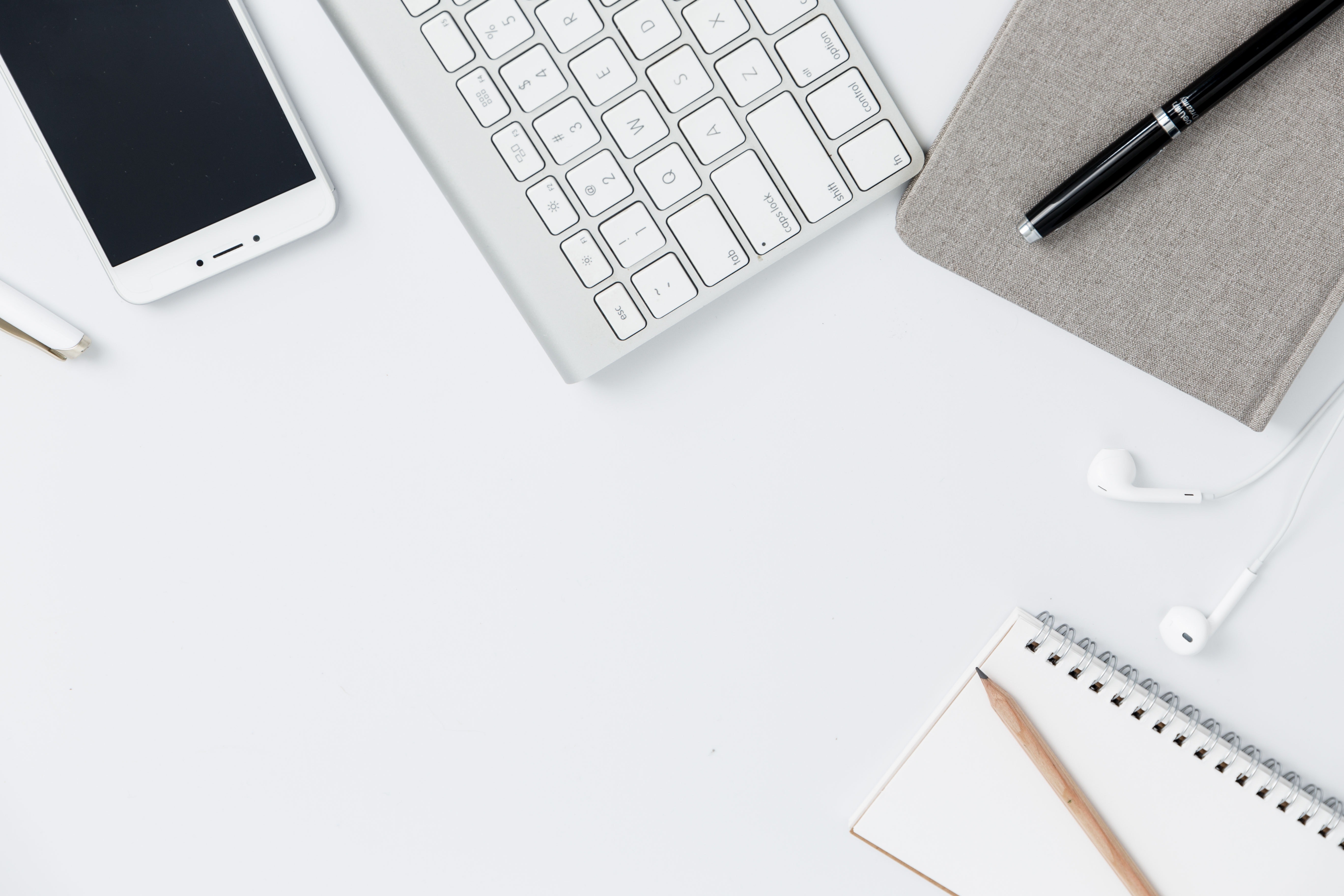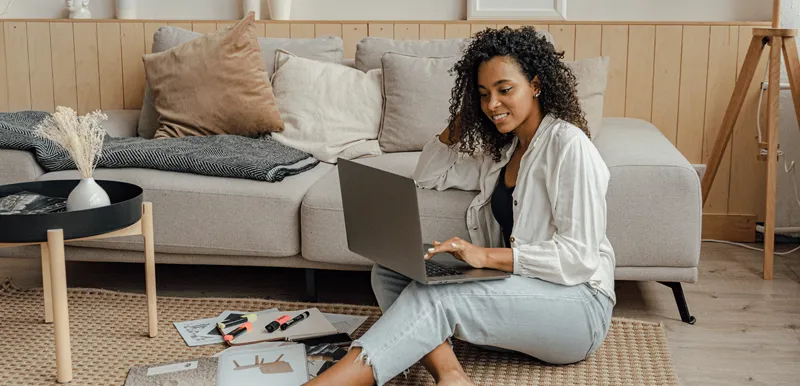
How to do a Self Assessment tax return
Find out what you need to know about your tax return, from if you should submit one to some tips to make completing one quick and easy.
What is a Self Assessment tax return?
A Self Assessment tax return is submitted to HMRC so that they receive income tax from you, if you received untaxed income in the year. For example, if your income did not come from PAYE/company payroll.
The return is done after the tax year has ended on 5 April 2020.
Who needs to complete a Self Assessment tax return?
You must submit a Self Assessment tax return if between any 06 April and 05 April the following year you were:
- Self employed as a ‘sole trader’ and earned more than £1,000
- A partner in a business partnership
There are other reasons why you may need to submit a self assessment, such as:
- If you have received over £10,000 from dividends in the tax year
- If you are employed via PAYE but you have earned over £100,000 of taxable income in the year
You can check if you need to submit a Self Assessment tax return on the HMRC website. However, in this guide we will focus on how to complete your tax return for sole traders and being self employed.
What is my personal allowance?
Your standard personal allowance is £12,500 before tax is deducted, but you still must submit a tax return. This is reduced if you earn over £100,000. This means that you only need to pay tax on anything over £12,500.
If you earned under £1,000 in the last tax year then you don’t need to submit a return, but if you are already registered as self employed or a sole trader then you need to let HMRC know you won’t be filing a return. The best way to do this is to give them a call.
You can find out more about personal allowances on the HMRC website.
Register for Self Assessment tax return
If you want to fill out your form online, you will need to register on the HMRC website. If you aren’t already registered it takes up to 10 working days to receive the activation code to your account, so make sure you leave enough time. If you’re self employed or a sole trader you will need to register before 5 October 2020 if you started working as such between 6 April 2019 and 5 April 2020.
When do Self Assessment tax returns need to be submitted?
If you’re completing a paper tax return, the deadline is midnight 31 October 2020. For online tax returns, and to pay the tax you owe to HMRC, the deadline is midnight 31 January 2021.
How to do a Self Assessment tax return
Filling out the form online is simple; the HMRC website will take you through the process step-by-step. Fill in the details of you or your business to tailor your return to your requirements, and input the cost of different kinds of goods, your total turnover and any other expenses not already covered by the form.
How Bokio can help prepare your Self Assessment tax return
You can use Bokio’s accounting software to help you fill out your Self Assessment tax return. The accounts in Bokio can be used to calculate your income and expenses. Here’s how:
Automated bank feeds
In Bokio we have a bank feed solution that lets us fetch transactions from your bank account using our Open Banking partner Plaid. You can fetch transactions from up to 2 years in the past. This is great for those who are leaving the submission until January, as there won’t be any problems fetching transactions from the beginning of the tax year (April 2019).
Bank feeds will continue to fetch your transactions going forward, which can help you stay on top of your accounting for the following tax year. So, you will be prepared and won’t have to wait until the last minute to file your Self Assessment tax return.
Manage expenses
Bokio’s expenses software have a great way of being able to clearly show HMRC a breakdown and proof of expenses when you send them to HMRC by:
- Uploading receipts and attaching them to each transaction in Bokio
- Showing a breakdown of figures with the Profit and Loss report in Bokio
Filling in your return
It’s really easy to take the figures from Bokio and transfer these into your tax return. For this, you can use our automatically calculated Profit and Loss report. For more information on how to do this you can use our help guides on completing your Self Assessment tax return.
Cash basis accounting
Bokio also offers cash basis accounting, which is a simplified method of accounting available for small businesses who have a turnover under £150,000. This means that we will only calculate your Self Assessment figures based on money that you have paid out and received and it will ignore any unpaid invoices. You can set this up when you first sign up in Bokio.
What can I claim as allowable expenses?
When you’re self employed, you can claim expenses on your tax return. Claiming expenses is helpful as you can reduce the amount of income you pay tax on to HMRC by deducting your expenses from your income. But which expenses can you claim on?
You can only claim expenses that are directly related to your business. Here are which categories you can claim on, and some common examples.
- Office: Stationary, rent, insurance, utility bills including phone, internet, water...
- Travel: Business trips, vehicle insurance and fuel, parking…
- Clothing: Uniforms, protective clothing, costumes…
- Staff: Employee salaries, pensions, National Insurance, benefits…
- Stock or raw materials you sell on
- Business and financial costs: Insurance policies, bank charges, hiring solicitors…
- Advertising and marketing: Website, advertising, trade journal subscriptions…
Read more about what you can claim as allowable expenses
What if I use something for both personal and business use?
You may be able to claim a proportion of the cost where it relates to business use depending on what the expense is, but this is divided by how much it will be used for business. If you don’t want to do these calculations, there’s a method of using simplified expenses at a flat rate which can be used for vehicles, working from home or ‘living on your business premises’.
What can I claim as capital allowances?
A capital allowance refers to assets you’ve purchased for your business, which you can claim on. Capital allowances can only be claimed if you do your accounting by recording your income and expenses by the date you are invoiced or were billed.
You can check the detailed terms in which you can claim capital allowances on the HMRC website.
What about keeping records?
Keeping records of your expenses is really important, and you will need to keep records for 6 years. However, these don’t have to be in a paper format, and keeping so many receipts takes up space or can be lost or damaged. You need to keep records of the following:
- Sales and income
- Business expenses
- Your personal income
- VAT records (if you’re registered)
- PAYE records (if you have employees)
Use an online solution to manage your finances
Using an online accounting software like Bokio makes doing your tax return simple. When you do all your bookkeeping and invoicing online, Bokio will automatically show you what income is left after your expenses are taken into account. This way, you can see how much taxable income you have earned before you fill in your form. So, you can prepare by putting money aside to pay your bill to HMRC.
Read more about how Bokio can help you prepare for your Self Assessment tax return
Store your receipts online to avoid paperwork
Organising paper receipts and invoices to complete your tax return is stressful and time consuming. Save yourself time by recording your receipts in Bokio and you can forget about storing and sorting through papers again. You can also send unlimited invoices online through Bokio and record them, so your accounting and income are in the same place.
By recording your receipts regularly in Bokio, you can use the Chart of Accounts and search through your stored receipts to make filling in your tax return forms faster and easier.
Remember your National Insurance Contribution amount
Depending on your profits, there are different amounts of National Insurance Contribution you could be paying. You can find out more about this on the HMRC website. Remember to take this into account when you are calculating how much you can expect to pay to HMRC for this tax return.
Want to use Bokio to help make your Self Assessment tax return simple?
Create your account in 2 minutes
Note: This article was updated June 2020

